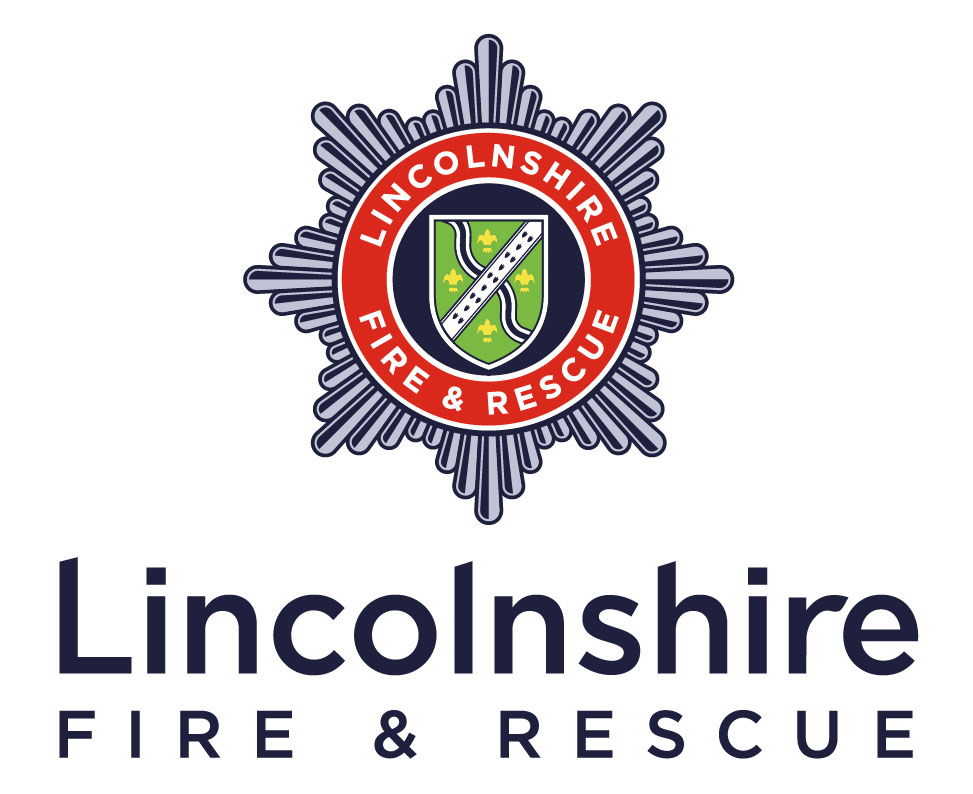Medical conditions
Firefighters may be exposed to extreme physical and psychological demands in hostile and dangerous environments. The medical screening for Firefighters is rigorous to comply with relevant statutory provisions.
Under the Health and Safety at Work Act 1974, the Fire and Rescue Service must reduce risk so far as is reasonably practicable. However, the nature and effect of medical conditions vary, and it is impossible to confirm medical conditions that would be unacceptable before an individual medical assessment. A medical condition giving rise to reasonably foreseeable occupational risk would not be acceptable.
If you have a medical condition or a history of medical conditions which might present problems, following the guidance below should help you to consider your suitability for the role.
A medical condition or functional limitation that, despite any reasonable adjustments, gives rise to a significantly increased occupational risk of the following is likely to be unacceptable:
- Sudden collapse or sudden incapacitation
- Impaired judgement or altered awareness
- Substantial physical or psychological injury/ill health
- Any other effect which would pose a considerable health and safety risk to themself or others
Asthma
Asthma does not necessarily prevent an individual from becoming a firefighter. Firefighters are exposed to smoke and other toxicants as part of their job, which irritate the lungs/upper respiratory tract and can exacerbate wheezing symptoms in firefighters with asthma. The potential applicant's condition will be assessed at the medical stage, after which the Fire and Rescue Service will decide on suitability for the role. The assessment will include:
- Looking at the history of the potential firefighter's asthma, focusing on current symptoms and treatment requirements
- Potential triggers involved in the role including exercise and irritant exposures
- The frequency and history of exacerbations
Blood Pressure
During the medical assessment, blood pressure readings will be taken to ensure that it is safe for someone to undertake firefighting activities. If the readings indicate Stage 2 hypertension, it will be suggested that the results are discussed with the applicant's GP.
People can have fluctuations in their blood pressure readings depending on many factors. If they are aware that they have currently or previously had high blood pressure, they should ensure that this is well managed before attending assessments. There will not be an opportunity to schedule further readings during the medical appointment.
Vision
Potential firefighters must have a normal visual field and good vision in both eyes. The minimum uncorrected vision for recruits should be 6/18 in the better eye and 6/24 in the worse. The current 6/60 unaided limit has been retained for serving firefighters.
Applicants aged 25 and over must be able to read N12 at 30cm unaided with both eyes open. Applicants aged under 25 must be able to read N6 at 30cm unaided with both eyes open.
To be considered, potential firefighters must have no history of night blindness or any other ocular disease that is likely to progress and result in future failure of the visual standards for serving firefighters. They must also not have undergone refractive surgery in the previous 12 months.
Individuals who have had Radial Keratotomy cannot be considered for operational firefighting duties due to the relatively high incidence of refractive instability. Individuals who have undergone the following types of refractive surgery can be considered 12 months after surgery:
- Photorefractive Keratectomy (PRK)
- Laser assisted in-situ keratomileusis (LASIK)
- Laser epithelial keratomileusis (LASEK)
Firefighters can wear soft contact lenses, but rigid (hard) lenses are not considered safe as debris can become trapped beneath them.
A colour vision test will also be included in the medical assessment. The Ishihara Test will be used to test for colour perception. If this is not passed, a formal specialist evaluation is required before a vocational colour vision test will be performed.
Hearing
Hearing defects often result from damage to the ears, and those with hearing damage are more susceptible to further damage and normal age deterioration.
During the medical assessment, a test using audiometry pure tones will be given using sounds. This follows the national standards and results in either a pass or a grade of hearing defect, defined as:
- Low H1 and H2
- Moderate H3
- High H4
- Severe H5
The hearing assessment results are then used to assign an overall score for each ear. The worse ear is used to grade the individual in their placement.
New firefighters must achieve a minimum hearing standard of level H2.
Medical Assessment
The Firefighter Medical assessment will include the following:
- General health questionnaire - history of physical and mental health (with additional respiratory questions for the Asbestos Regulations)
- Measurement of pulse, blood pressure, height, weight and waist measurement
- Urinalysis (glucose, protein, blood)
- Vision (both near and distance) plus colour vision
- Spirometry (lung capacity test)
- Audiometry (hearing test)
- Drug and alcohol screening
- General physical examination (e.g., cardiovascular, neurological, respiratory, musculoskeletal etc.)

